CX (customer experience) is evolving day by day.
How can dentsu’s creatives contribute to CX, needs for which have been increasing in a variety of situations?
To explore the possibilities, members of Dentsu Inc.’s Customer Experience Creative Center (CXCC) specializing in CX disseminate information on CX and creatives through the “Monthly CX” serialized publication (Click here for more information on “Monthly CX.” In Japanese only.).
Tokyo Game Show 2022, held at Makuhari Messe in September 2022, also featured the virtual Tokyo Game Show VR 2022 (hereinafter TGSVR2022) for four days as a follow-up to the one held in 2021.
How did Virtual Reality (VR) evolve in 2022? What were users’ reactions? What challenges arose throughout the implementation of the event? We interviewed Mr. Ryo Suetomi, who works as a planner at CXCC/Dentsu Lab Tokyo and who was involved in the TGSVR2022 Project.
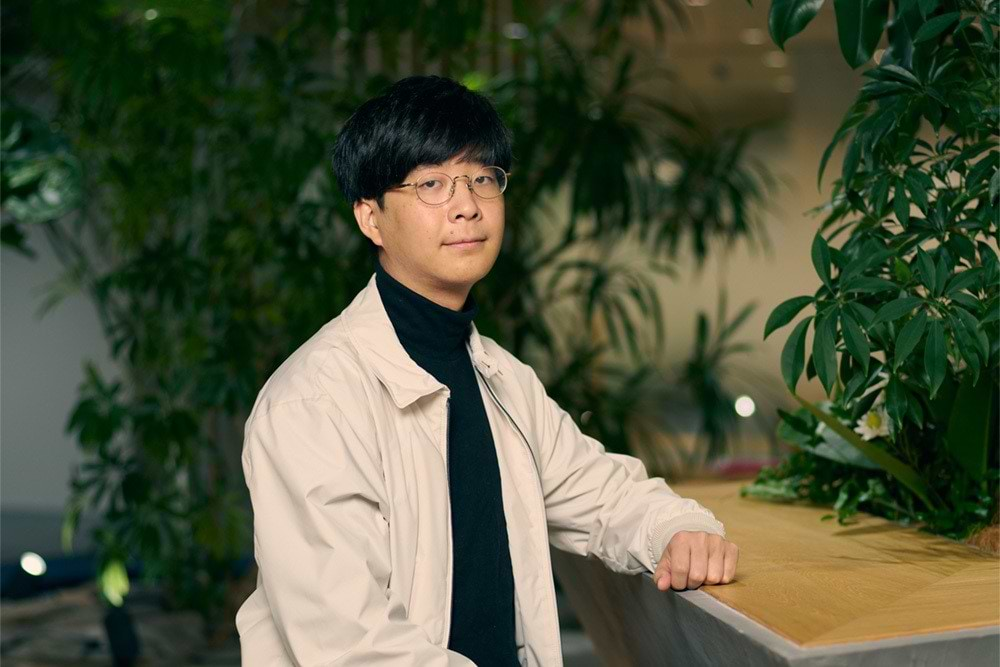
Profile of Mr. Ryo Suetomi
Planner, Customer Experience Creative Center/Dentsu Lab Tokyo, Dentsu Inc.
Majored in architecture and urban planning at university and graduate school. Fond of space design and experience design both in the real and virtual worlds. Since joining the company, he has mainly been involved in large-scale event projects centered on Extended Reality (XR*).
| * | XR: A term for computer-generated environments which combine the real and virtual worlds, including virtual reality (VR), augmented reality (AR), and mixed reality (MR). |
|---|
“The Game Show becomes a game.”
Tokyo Game Show was held in a hybrid form
Interviewer from Monthly CX (hereinafter “Monthly CX”: TGSVR was very well-received both in 2021 and 2022. First, could you tell us about the relationship between Tokyo Game Show and TGSVR?
Suetomi: Tokyo Game Show is an event hosted by the Computer Entertainment Supplier’s Association (CESA) at Makuhari Messe since 1996. In 2020 and 2021, in the midst of the COVID-19 pandemic, it was held online. But in 2022, the show was held on site for the first time in two years, and additionally, it was held in a hybrid format by simultaneously providing online distribution and TGSVR. The online distribution consisted of live streams of various programs on video distribution platforms, while TGSVR had users experience the metaverse using PCs and VR goggles.
Monthly CX: The VR event started in 2021. What was its planning and structure in 2022?
Suetomi: TGSVR2021 simply consisted of exploring exhibitors’ booths in VR, while this time around, users were able to enjoy a more in-depth experience. TGSVR2022’s slogan was, “The Game Show becomes a game.”
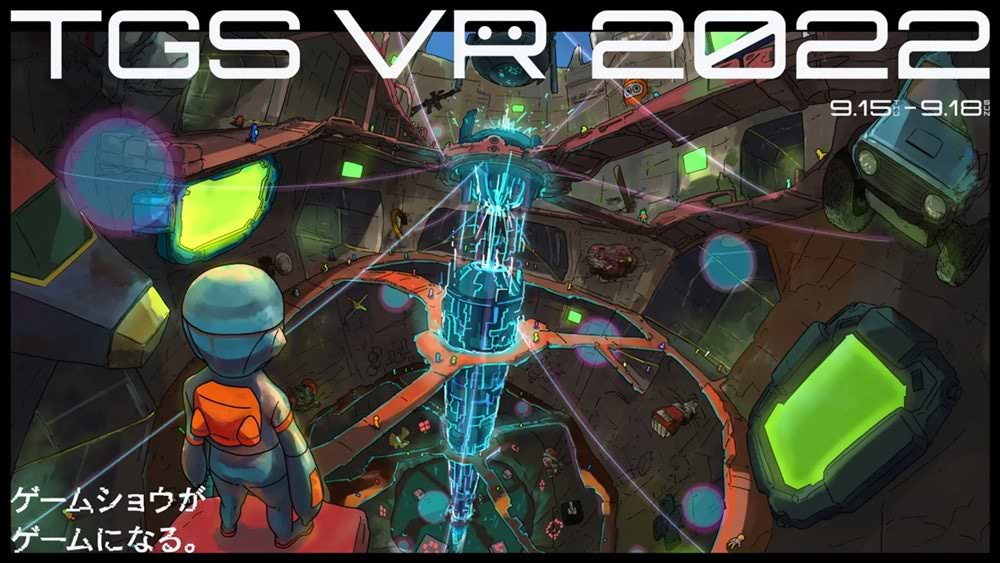
To elaborate, “a world where a dungeon has appeared underneath Makuhari Messe” was created as a metaverse, designed to be experienced in VR.
In this world, users complete quests by exploring the dungeon, seeing exhibition booths, and so on. In addition, users’ avatars can be customized by wearing items gained from completing the quests.
Using data on user participation, we found the total participants amounted to 398,000 (compared to 210,000 in 2021) and the average time spent was 33 minutes (compared to 27 minutes in 2021), which shows a significant increase.
Monthly CX: Both the attendance and time spent were quite high! Perhaps the fact that it was presented as a game that can be played had an effect. How was the project managed?
Suetomi: The project was managed by Dentsu Inc.’s Business Development Division, and the creative aspects were handled by Dentsu ZERO and Dentsu CXCC. As production partners, ambr was in charge of platform provision, planning, production and directing, and Diffuse Entertainment was in charge of creating specific spaces. The entire concept and story were discussed and produced jointly by Dentsu Inc. and ambr, Inc..
Experience-based value unique to VR was carefully considered for the hybrid event
Monthly CX: What were the key points of the CX experience design of the dungeon exploration game?
Suetomi: Metaverse events are generally designed to be easily understood because there may be significant variations in participants’ technological literacy. This time, however, we decided to adopt a more complicated stage design based on the assumption that most of the users would be used to playing games.
To provide much more than an ordinary experience, the dungeon exploration game was designed on the concept of there being a “game stratum” underneath Makuhari Messe, and users went around the booths completing quests while experiencing gaming history.
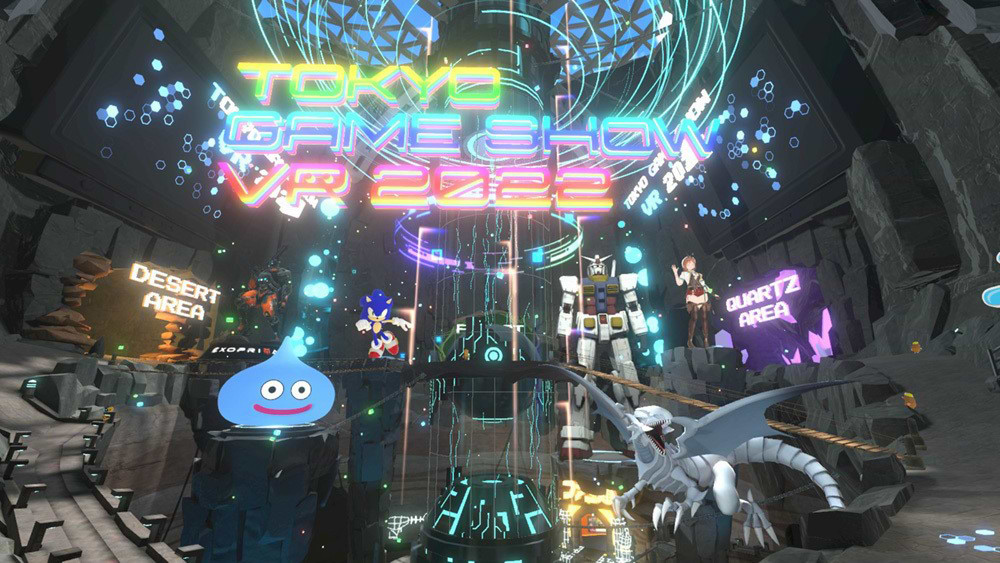
What we always kept in mind was to ensure the show was well-balanced, as excessive complexity would hinder users’ experience. For example, we had initially considered an area that users would not be able to enter unless their avatars wore a certain item that can be obtained by clearing a quest. But eventually, we decided that such a setting would be too complicated and abandoned the idea. You know, it would be interesting if there were an exhibition where users can look around in the so-called “poisoned state” from an RPG.

Monthly CX: Did you pay attention to anything in particular, in light of the fact that the event took place in parallel with the Tokyo Game ShowTokyo Game Show held on site?
Suetomi: We took special care not to hinder the on-site event from attracting customers and made sure that each event would provide a different experience without competing with each other.
Monthly CX: Indeed, it would be a shame if people who originally planned to visit the real site were satisfied with just viewing it online. What were the reactions of exhibitors to the online exhibition?
Suetomi: Having already had prior experience with the event in 2021, exhibitors readily understood the VR exhibition concept and kindly provided 3D model resources. Thanks to their assistance, the VR space was filled with a lot of fascinating game characters, creating a lively atmosphere. Because one of the things visitors look forward to most is seeing their favorite characters, I think we succeeded in creating a world that meets their expectations.

Monthly CX: I tried it myself, and looking up at the huge monuments of game characters in 3D was very impactful. The awesome integration of game makers’ exhibitions and quests was a sight to behold.
Suetomi: We also collaborated with sponsors other than game companies. I think we were able to implement each company’s characteristics into the user experience. For example, when an avatar drinks a beverage at a beverage producer’s booth, they experience an “awakening” effect, and when an avatar visits an apparel manufacturer’s booth, they can obtain special equipment. We believe e these changes in avatars’ appearance served to enhance users’ experience.

What were some of the challenges you faced at the experimental VR space?
Monthly CX: What are some of the challenges you encountered when designing experiences that utilize VR technology?
Suetomi: When quantifying and measuring the user experience, there is a difference in terms of quality and depth between viewing a video on a website once and experiencing VR once. However, it is difficult to quantify this difference for comparison. I feel like VR is a genre whose effects cannot be measured quantitatively just yet.
Monthly CX: What kind of challenges do you face as a creator?
Suetomi: VR and the metaverse are still in their infancy and far from widespread usage. While creators have the opportunity to enjoy pioneering a field, they are also faced with various difficulties.
There were two ways to participate in TGSVR this time around. One was by using VR goggles, and the other was via a PC (through a non-stereoscopic flat display). A lot of users joined our game with VR goggles, which is quite exceptional for this kind of event. As many as 58.5% of users experienced it with VR goggles. This high percentage was partly due to the characteristics of Tokyo Game Show events, as the number of people who own VR goggles, priced some tens of thousands of yen, is still limited.
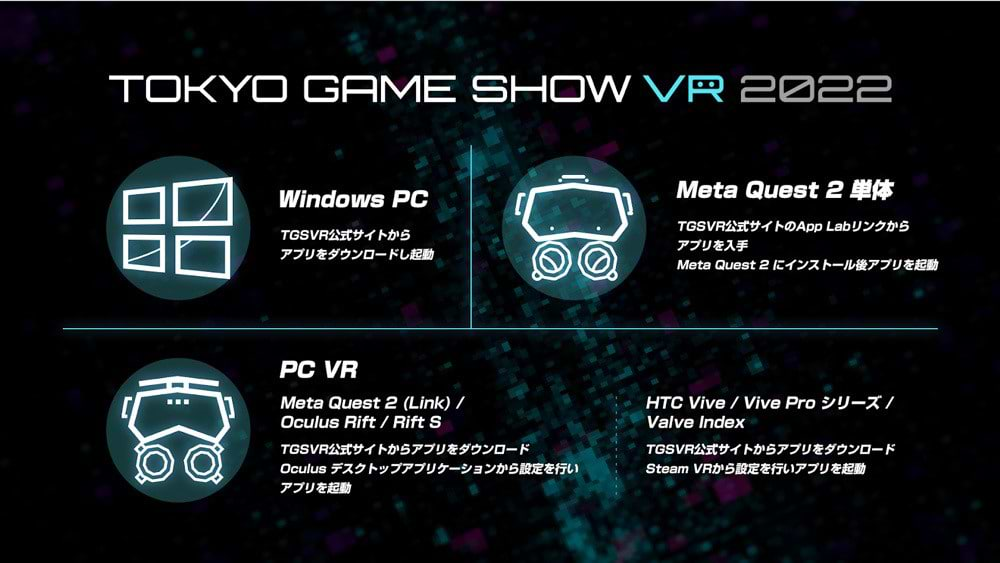
Going forward, to target a greater number of users, it will be necessary to consider the balance between the richness of content and ease of use of our experiences. As a creator, I would like to design VR experiences that can be enjoyed not only with VR goggles but also with a PC or smartphone.
Monthly CX: I see. What kind of technical challenges did you encounter?
Suetomi: We discovered that when the number of people connected simultaneously increased, there would be problems displaying all participants’ avatars depending on the connection and terminal.
As the value provided by a game show exhibition is different from that found in a live music performance meant to be enjoyed together with a lot of other people, I think we need to examine what the appropriate number of visitors for such an exhibition should be.
It is necessary to set a standard for the appropriate number of visitors that would ensure everyone has positive experience of excitement and fun with many others instead of a negative experience of finding it difficult to see the exhibition because it is too crowded.

Monthly CX: So you are considering the kind of stage your production should be set in. As far as my own experience goes, I did not pay that much attention to the number of other participants while exploring the underground dungeon. It seems that the design would differ depending on the type of experience creators want to provide.
Suetomi: When creating VR spaces such as the metaverse, there is no established process. There are various challenges we need to address during development if we want to proceed with the same perspective shared among our entire team.
For example, we have faced difficulties obtaining approvals from people in our team and company who struggle to understand VR due to their lack of knowledge on the subject. I think it will be necessary to devise a way to share a specific concept, such as for example by creating a prototype and having people try it out, so that our products are not limited by the imagination of those we need approvals from.
Another potential issue is figuring out ways to compete with game companies when they enter the VR market in earnest in the future, from our standpoint of using VR in advertisement content.
Monthly CX: Indeed, VR created for advertising purposes may be vastly different from that created by game companies.
Suetomi: As an issue being faced by marketing as a whole, I’m always thinking about how advertising will need to add new value considering these developments in the entertainment industry.
Monthly CX: What is your vision for the future of VR?
Suetomi: I do not have a concrete vision in place, but I believe the situation VR currently finds itself in is not unlike what we had in the early days of the Internet, when many people would enjoy creating their own websites. At present, a lot of creators are producing and publishing their own VR content. In the past, personal websites gradually gave way to social networks and other large-scale services, but in terms of VR, I hope that companies and individual creators will find ways to co-exist.
On the other hand, I have played around with VR spaces together with my friends outside of my job, and I feel like there is still a bit of a hurdle for the average person to overcome. In the future, when we see further progress in hardware innovation, I think we will be able to close this gap. Also, whenever I wear VR goggles at the office, I often get funny looks from coworkers. It seems that improving the goggles’ design and image to make users look stylish wearing them might be more important than you’d expect.
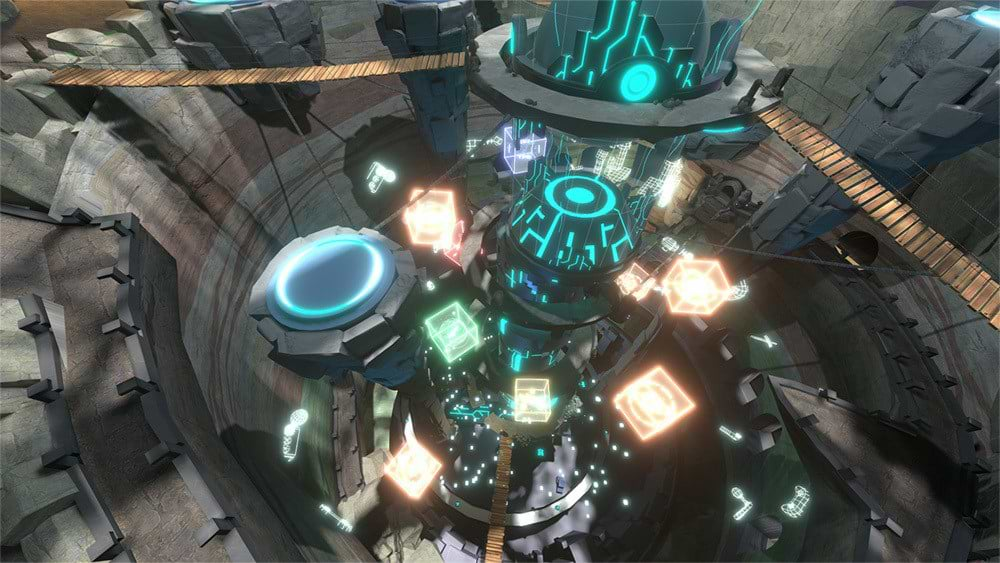
Not just for convenience – the metaverse may also have “useless” places
Monthly CX: What kinds of VR experiences and metaverse do you want to create?
Suetomi: VR as an advertisement is like a sightseeing spot. People tend to be satisfied just visiting once. TGSVR2022 was a limited four-day event, so I would like to establish a world where users’ experiences are accumulated by creating medium to long-term communities.
Although the advantages of the virtual world include easily disposable spaces and the ability to instantaneously travel to your destination, I would like to create spaces where the time spent by users and their experiences remain.
Today’s VR is polarized into reproductions of people’s rooms, such as VRChat (a social VR platform) and “sightseeing spots” like TGSVR. It would be better if there were places acting like “train stations” between the rooms and sightseeing spots, and it would be fun to have places people can drop by on the way to their destinations to experience new encounters.
Monthly CX: One of the advantages of the virtual world is the efficiency of being able to “warp” from your room to your destination, but now that you mention it, I do think it would be a good idea to have some “pointless” spaces like those.
Suetomi: Places to drop by can be created by setting halfway points on the way, or having an algorithm make recommendations for spots to visit. Similarly, with regard to encounters with other users, I would like to think about whether a matching system would be better than simply letting them approach each other.
Monthly CX: If TGSVR were to also be held in 2023, is there anything you would like to try based on your experiences over the past two years?
Suetomi: At the risk of sounding trite, I want to try designing much more immersive experiences. The ability to create experiences so realistic that users genuinely feel like they are in another world will open the door to hitherto unseen works.
Monthly CX: I see. I think there were also such elements included on the meta level with the Makuhari Messe Dungeon, but you are referring to creating more realistic and immersive experiences not just through the visual and technical aspects of the production, but also by devising captivating worlds and stories to go along with them. It would be fascinating to see this in action. I’m looking forward to it!
* * *
(Editorial postscript)
TGSVR has evolved over the last two years. However, VR and the metaverse are still in the experimental stage, and I have high hopes for their future development. I cannot wait to see their full potential come to fruition at the hub of cutting-edge technology which never ceases to entertain us.
This interview was conducted in cooperation with “CX Creative Studio note” (Click here for detailed information on CX Creative Studio note). More diversified case studies are collected and introduced there through collaboration with Dentsu Digital’s CX Creative Team as well as Dentsu Inc.’s CXCC Team. Please refer to it if you would like to know more.
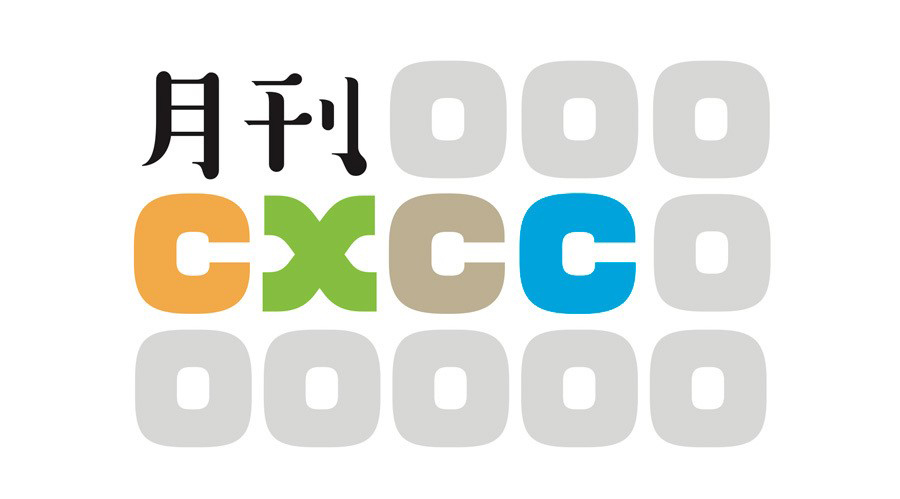
Dentsu CXCC: Koike, Oda, Takakusaki, Kanasaka, Okumura, and Ohtani
Related Link
Behind the Scenes of the Underground Dungeon at Tokyo Game Show 2022! (Japanese language only)
